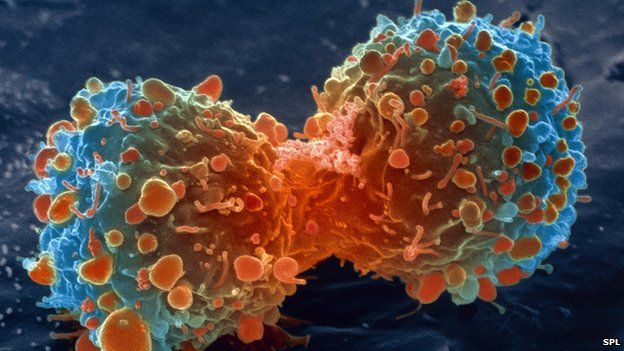
13 Jan What is Community-acquired pneumonia?
Community-acquired pneumonia (CAP) is a type of lung infection contracted outside a hospital setting. In the United States, CAP leads to approximately 1.4 million visits to emergency departments, 740,000 hospital admissions, and 41,108 deaths annually. Mortality rates following hospitalisation for CAP are 2.8% for adults under 60, and 26.8% for those aged 60 or older with multiple underlying health conditions. In Australia, research indicates that pneumonia leads to 200 hospital admissions for every 100,000 adults, or approximately 2% of all emergency hospitalisations in Australia. The in-hospital mortality rates from CAP range from 5% to 15%, escalating to as high as 30% among those necessitating admission to the intensive care unit (ICU). Furthermore, up to 17% of CAP patients may experience readmission within 30 days following hospital discharge
Risk Factors for CAP
Certain factors increase the risk of developing CAP, including age (≥65 years), smoking, chronic lung diseases like asthma and chronic obstructive pulmonary disease (COPD), as well as other chronic health conditions such as HIV, cancer, diabetes, and excessive alcohol consumption.
Pathogens Responsible for CAP
CAP can be caused by a variety of organisms, including bacteria, viruses, and fungi, though the specific pathogen is often not identified. Among hospitalised patients, the most frequent causes are viruses, and the bacteria Streptococcus pneumoniae.
Some other common bacteria that cause CAP are:
- Haemophilus influenzae
- Mycoplasma pneumoniae
- Chlamydia pneumoniae
- Legionella
- Gram-negative bacilli
- Staphylococcus aureus
- A fungus called Pneumocystis jirovecii can cause pneumonia in people whose immune system is not working well, especially people with advanced HIV infection.
Symptoms, Diagnosis and Testing of CAP
Typical symptoms of CAP include fever, chills, cough (with or without sputum), shortness of breath, chest pain, confusion, and fatigue. A diagnosis of CAP is made when a patient exhibits signs and symptoms such as fever, a new or worsening cough, shortness of breath, and abnormal white blood cell counts, along with chest imaging that shows signs of pneumonia.
Your healthcare provider will ask about your more recent symptoms and your past health problems. They will also do a physical exam, including a careful exam of your lungs.
Lab tests can be very helpful in diagnosing CAP. Some tests you might need are:
- Chest X-ray, which often confirms the diagnosis
- Blood tests to check for infection and oxygen status of your blood
- Blood culture tests
- Tests of your sputum
- Urine tests for certain bacteria
- Swab of your nose or throat to test for viruses or bacteria
Patients suspected of having CAP should undergo chest imaging, with a chest X-ray typically being the first step. If CAP is not visible on X-ray, a chest CT scan may be considered. Testing for influenza and COVID-19 should be done if these viruses are circulating in the community. Additional tests, such as sputum and blood cultures, are recommended only for patients with severe CAP or those at risk for resistant bacteria.
Treatment of CAP
For outpatients, suspected bacterial CAP is usually treated with a 3-day course of oral antibiotics such as amoxicillin or doxycycline, or a combination of antibiotics for those with multiple health issues. Hospitalised patients with suspected bacterial CAP should receive intravenous antibiotics for at least 3 days. Severe cases may also require steroid treatment. Patients with severe CAP should be closely monitored in an intensive care unit (ICU), and those with respiratory failure may require mechanical ventilation. For patients with CAP-induced shock, medications to raise blood pressure may be necessary.
Reducing the Risk of CAP
Individuals who have previously had CAP are at higher risk for future episodes and should be counselled on smoking and alcohol cessation, along with relevant vaccinations. Vaccines for pneumococcal pneumonia, influenza, COVID-19, and respiratory syncytial virus (RSV) can reduce the risk or severity of CAP, particularly in older adults and those with chronic health conditions like heart disease, asthma, COPD, HIV, or cancer. Additionally, individuals with a history of CAP should be encouraged to maintain good oral hygiene, including daily tooth brushing and regular dental cleanings. Those with swallowing difficulties should be advised to take precautions to reduce the risk of aspiration, such as eating smaller bites and staying upright for 30 minutes after meals.
Source:
Published Online: January 9, 2025. doi:10.1001/jama.2024.22251
Reference
- Vaughn VM, Dickson RP, Horowitz JK, Flanders SA. Community-acquired pneumonia. JAMA. 2024;332(15):1282-1295. doi:1001/jama.2024.14796
ArticlePubMedGoogle ScholarCrossref - Tsirgiotis E., Ruffin R. Community acquired pneumonia. A perspective for general practice. Aust. Fam. Physician. 2000;29:639–645
- Lim W.S., Baudouin S.V., George R.C., Hill A.T., Jamieson C., Le Jeune I., Macfarlane J.T., Read R.C., Roberts H.J., Levy M.L., et al. BTS guidelines for the management of community acquired pneumonia in adults: Update 2009. Thorax. 2009;64((Suppl. 3)):iii1–iii55. doi: 10.1136/thx.2009.121434.

